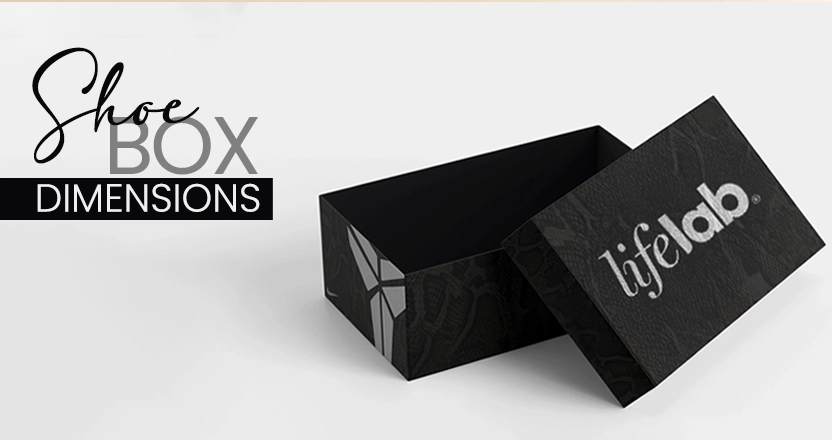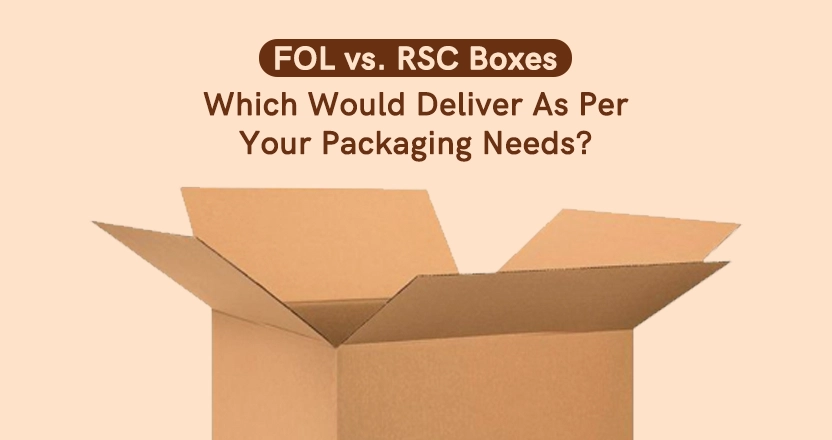Perforated packaging refers to packaging materials that have strategically placed holes, slits, or micro-perforations. These features serve various purposes, such as easy opening, ventilation, or portion control. It is surely an innovative packaging technique that has revolutionized the way products are packaged, stored, and consumed. Perforated packaging is especially popular in the food industry, where maintaining freshness while providing easy access is crucial. Commonly used materials for perforated packaging include paper, cardboard, and plastic, each offering unique properties and benefits.
The Evolution of Perforated Packaging
Perforated packaging has come a long way since its initial introduction. In the early days, perforations were primarily used for easy-tear packaging, allowing consumers to quickly open the package without the need for scissors or other tools. Over time, the applications of perforated packaging have expanded significantly. Today, perforations are used for:
- Ventilation
- Moisture control
- Even for creating individual portions within a larger package
Why Perforated Packaging?
Perforated packaging plays a crucial role in the packaging industry due to its numerous benefits. One of the primary advantages of perforated packaging is its ability to extend the shelf life of products. By allowing for proper ventilation, perforations can prevent the buildup of moisture and condensation, which can lead to spoilage or mold growth. Additionally, perforated packaging can amplify the convenience factor for consumers, making products easier to open, dispense, or reseal.
Benefits of Different Products
Perforated packaging offers advantages to a wide range of products. For example,
- In the fresh produce industry, perforated packaging helps maintain the optimal humidity level, preventing spoilage and extending the shelf life of fruits and vegetables.
- In the snack food industry, the perforated packaging allows for easy dispensing and portion control, thus improving consumer convenience.
- For products that require cooking or reheating, perforated packaging can provide ventilation during the heating process, ensuring even cooking and preventing package bursting.
Types of Perforations and Their Uses
Various types of perforations are used in packaging, tailored to fulfill specific needs. Some of the common types include:
Tear Perforations:
Characterized by small holes or slits, tear perforations are designed to facilitate easy opening of the package, making it convenient for consumers to access the product inside. Further, it can often be found on packets of condiments like ketchup or mustard, allowing individuals to easily open the packet without the need for scissors or other tools.
Ventilation Perforations:
These perforations are strategically placed to allow air circulation within the package. This is crucial for preventing moisture buildup, which could otherwise compromise product freshness and quality, making them ideal for food and perishable goods.
Moreover, it’s used in bags of fresh produce such as apples or potatoes, ensuring the food remains fresh longer by preventing moisture accumulation.
Micro-Perforations:
Comprising tiny holes that are almost invisible to the naked eye, micro-perforations play a pivotal role in providing essential ventilation and moisture control. Despite their small size, they are effective in balancing the internal atmosphere of the package, thereby extending the shelf life of the products.
It can be seen on microwaveable ready-meal packages, as these perforations help steam escape during cooking, ensuring food cooks evenly without becoming too soggy.
Burst Perforations:
These are relatively larger perforations designed to enable easy separation of individual portions or components within a package. Burst perforations add a level of convenience for the consumer, allowing them to use a portion of the product while keeping the rest sealed and protected. It is frequently used in packs of tissues or wet wipes, allowing users to remove a single tissue or wipe at a time while the rest remain hygienically sealed within the pack.
What Are The Challenges?
The main challenge is ensuring the package remains strong and protective despite the perforations. Packaging engineers need to carefully design the placement and size of these perforations.
Furthermore, perforations must be optimized for ventilation or ease of opening without compromising the product’s quality or safety.
Innovations:
The use of laser technology for creating precise and consistent perforations guarantees greater control over their size, shape, and placement, thus improving the package performance.
The development of materials specifically designed for perforated packaging, like breathable films, allows for optimal moisture and gas exchange, improving the product’s quality.
Future Trends in Perforated Packaging
Looking ahead, the future of perforated packaging is bright. As consumer demands for convenience and sustainability continue to grow, perforated packaging is well-positioned to meet these needs. We can expect to see further advancements in materials, technologies, and design approaches that will improve the performance and eco-friendliness of perforated packaging.
One trend to watch is the integration of smart technology into perforated packaging. For example, perforations could be combined with sensors that monitor product freshness or provide information about storage conditions. Another trend is the development of biodegradable and compostable perforated packaging materials, which will further contribute to sustainable packaging solutions.
Conclusion
By understanding the capabilities and applications of perforated packaging, professionals can make informed decisions about packaging design, material selection, and manufacturing processes. Considering the solutions with perforated packaging, the industry can continue to drive innovation, improve product quality, and meet the evolving needs of consumers.
Custom Packaging Lane offers tailored perforated packaging solutions to make sure your packaging resonates with the growing demand of the customers. Connect with us to learn how our approach combines practical functionality with design to address your specific packaging requirements.




















